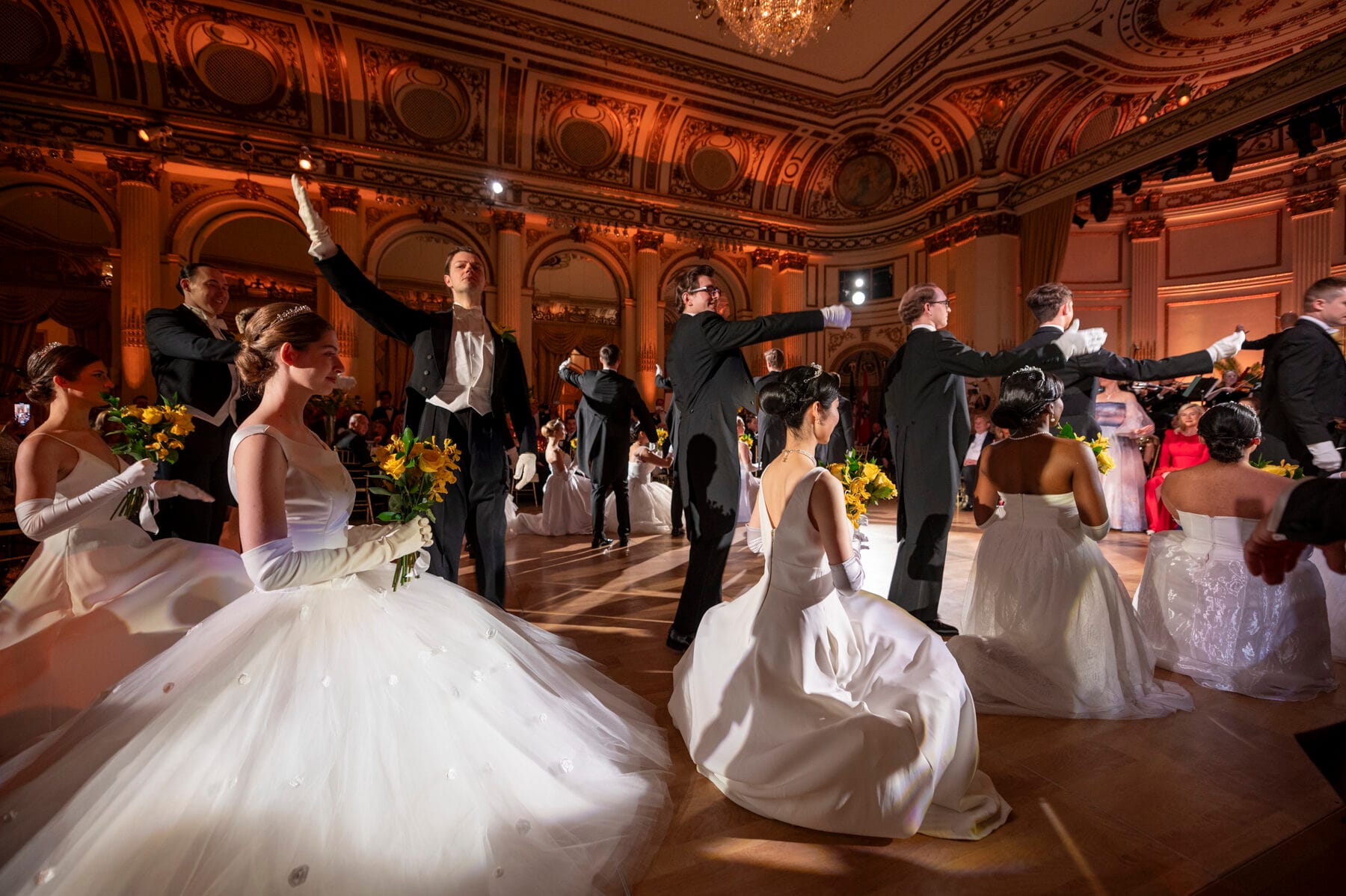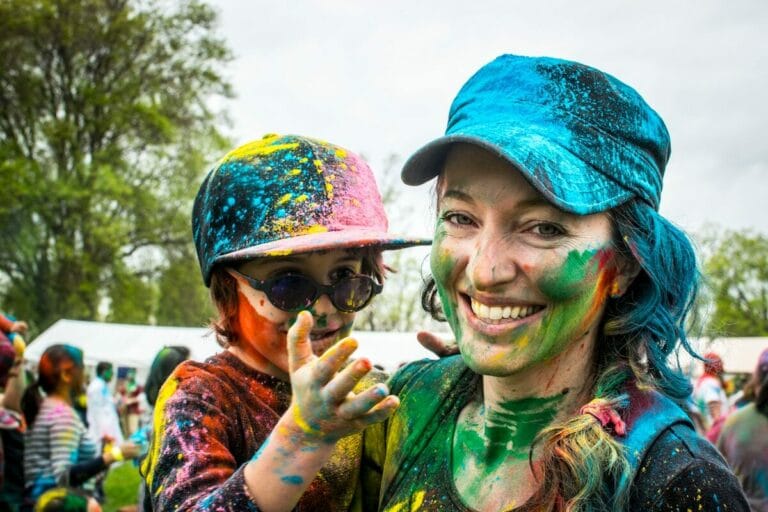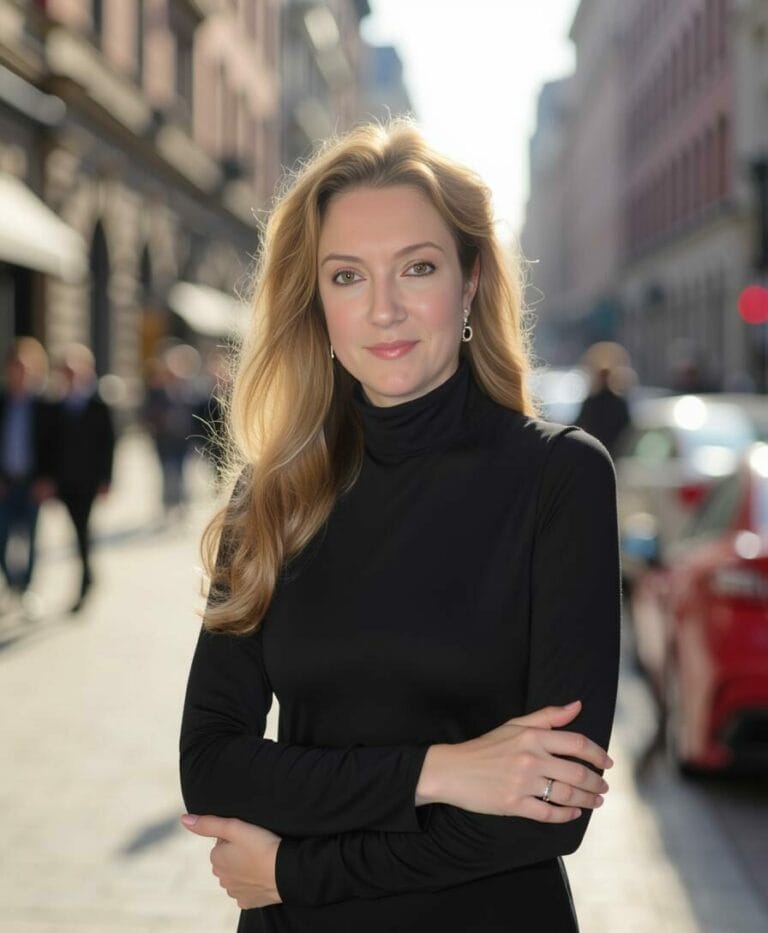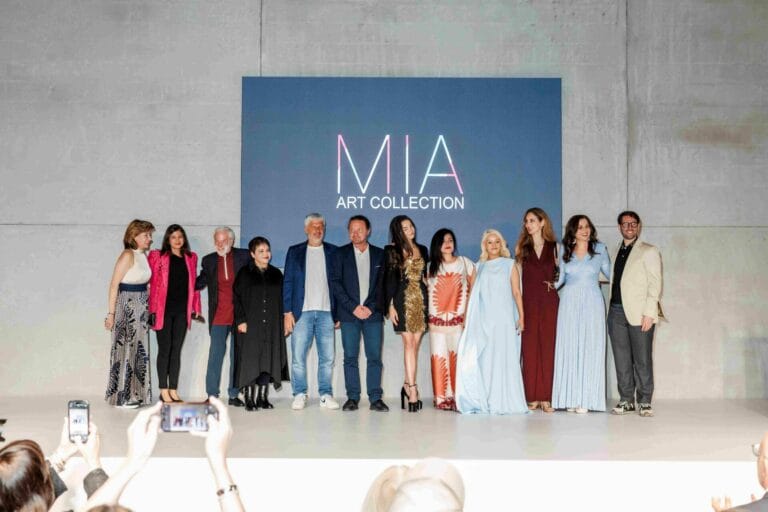White Tie & a Waltz in New York: Viennese Opera Ball Returns to Honour The Bicentenary of the Birth of Johann Strauss II
The Viennese Opera Ball organises an White Tie & a Waltz in New York to honour the bicentenary of the birth of Johann Strauss, his artistry, tradition and social impact. A blend of old-world rituals, culture, and elegance.

Beneath the glinting chandeliers of Manhattan’s most elegant ballroom, the spirit of Vienna will swirl once more. The Viennese Opera Ball, the pinnacle of Austrian-American cultural diplomacy, returns this year with renewed grandeur to honour the 200th birthday of the Waltz King himself—Johann Strauss II. With white tie and tails, sweeping gowns, and the lilting strains of Strauss echoing through the night, New York City will transform into a page out of imperial Austria. This dazzling celebration of music, elegance, and timeless tradition promises more than spectacle; it offers a bridge between eras, where old-world charm pirouettes gracefully into modern glamour. Prepare to be swept off your feet.
Few events fuse nostalgia, elegance, and purpose quite like the annual Viennese Opera Ball in New York City. As cultural galas capture the imagination of both regular patrons and a younger crowd hungry for immersive experiences, 2025 sees classical music’s social calendar sharpen its focus on living traditions and old-world spectacle—while recasting these for the modern era.
This is an event like no other. Across the United States, the desire to gather around music, dancing and charitable causes has taken on new meaning, with organisers leveraging heritage performances and sophisticated production values to create unforgettable nights out. The Viennese Opera Ball, now in its 69th year, is perfectly poised to illustrate how a blend of ritual, artistry and social impact continues to hold sway in a city known for reinvention.
Harnessing Tradition and Honouring the ‘Waltz King’
This year’s Viennese Opera Ball lands on a milestone: the bicentenary of Johann Strauss II’s birth. Renowned as the ‘Waltz King’, Strauss transformed the Viennese waltz into a truly international phenomenon. Cipriani 42nd Street—one of Manhattan’s most storied venues—will echo with his iconic compositions as the Viennese Opera Ball Orchestra, helmed by Maestro Rainer M. Sulzgruber, conjures a soundscape straight out of imperial Austria. For many, the allure of the Viennese waltz lies not only in its historical roots but also in its emphasis on grace and community, bringing together people from across the globe to celebrate shared artistry and connection.
The evening’s tradition-rich highlights are no less splendid. From the formal presentation of debutantes—elegantly choreographed by Sandra Stockmayer and the Svabek Dance School—to the appearance of US Army officers presenting the Colours, the event interweaves old and new, marking the evolution of cultural rituals. The presence of celebrated opera singers such as María Barakova, Mikayla Sager, and two-time Grammy winner J’Nai Bridges reinforces the Ball’s mission: to keep classical artistry an active, living tradition.
Cultural Galas Tap Into New Audiences and Global Trends
There is a palpable shift in the world of high-end cultural events. 2025 sees luxury galas adopting technology and fresh formats to draw in global audiences, according to a recent survey of event entertainment trends. Although the Viennese Opera Ball remains wedded to timeless spectacle—think midnight Quadrille and white tie etiquette—it exemplifies how classic formats can find renewed relevance. The Ball’s international guest list, including diplomats, artists, and philanthropists, subtly mirrors the industry trend of multicultural expansion and global sophistication at elite gatherings.
Indeed, New York’s cultural gala scene is far from static. Prestigious organisations like the New York Choral Society, Carnegie Hall, and the Manhattan School of Music host competing gala events, each vying for attention by fusing art, celebration, and cause-driven missions (NY Choral Society Gala, Manhattan School of Music Annual Gala 2025). The Viennese Opera Ball distinguishes itself with its unmistakable Austrian emphasis—both in music and in staging—making it a rarefied anchor in an otherwise whirlwind social calendar.
Charity at the Heart of Sophisticated Social Gatherings
Behind the Ball’s razzle-dazzle lies a serious purpose. Co-Chaired by Jean Shafiroff and Denis Rich, this year’s Ball benefits Gabrielle’s Angel Foundation for Cancer Research, reinforcing a powerful industry trend: the blending of high-society celebration with robust philanthropic ambitions. Charity galas in the United States continue to galvanise communities, with high-profile attendees driving not just financial contributions but awareness and long-term engagement (Charity Gala Impact Report). Well-planned nights like the Viennese Opera Ball not only fundraise for research but also nurture vital networks among donors, beneficiaries, and artists, creating a virtuous circle of generosity and creativity.
Statistics back this up: galas and balls remain highly effective for charities, combining the glamour of high society with tangible support for scientific and artistic causes (Diaspora Philanthropy Report). The Ball’s focus on world-class opera, elite ballet with the Ballet Support Foundation, and the remaining midnight revelry offers guests more than entertainment—it offers involvement in a community sustaining both tradition and progress.
What Keeps These Events Relevant?
So what’s driving the longevity of events like the Viennese Opera Ball and the enduring fascination with the waltz itself? As dance historians remind us, the Viennese waltz has survived changes in taste, geography, and even political climate thanks to its blend of elegance, formality, and human connection. In the United States, this dance carries an aspirational romance, allowing modern city dwellers a glamorous link to a European past without forgoing the cause-driven focus that appeals to today’s philanthropic sensibilities.
Younger audiences, far from resistant, are increasingly attracted to meaningful, immersive experiences. As 2025 classical music trends highlight, Gen Z and Millennials are blending old and new, flocking to events that offer participation, reinterpret tradition, and foster authentic community. Whether through TikTok orchestras or the tactile thrill of a midnight Quadrille, it’s the fusion of heritage, artistry, and societal good that keeps these traditions vibrant.
The Power of the Viennese Opera Ball
Ultimately, the Viennese Opera Ball represents an ongoing conversation between past and future, artistic rituals and reinvention. As debutantes glide across Cipriani’s storied floors, guests toast with fine Austrian wine, and donations flow towards a cure for cancer, it’s clear that this isn’t mere nostalgia. Instead, it’s proof of a broader revival in how communities gather, celebrate, and support one another through the power of music, dance, and charitable purpose. Imagine joining the midnight rush to the Quadrille—what better way to waltz into the future, together?





